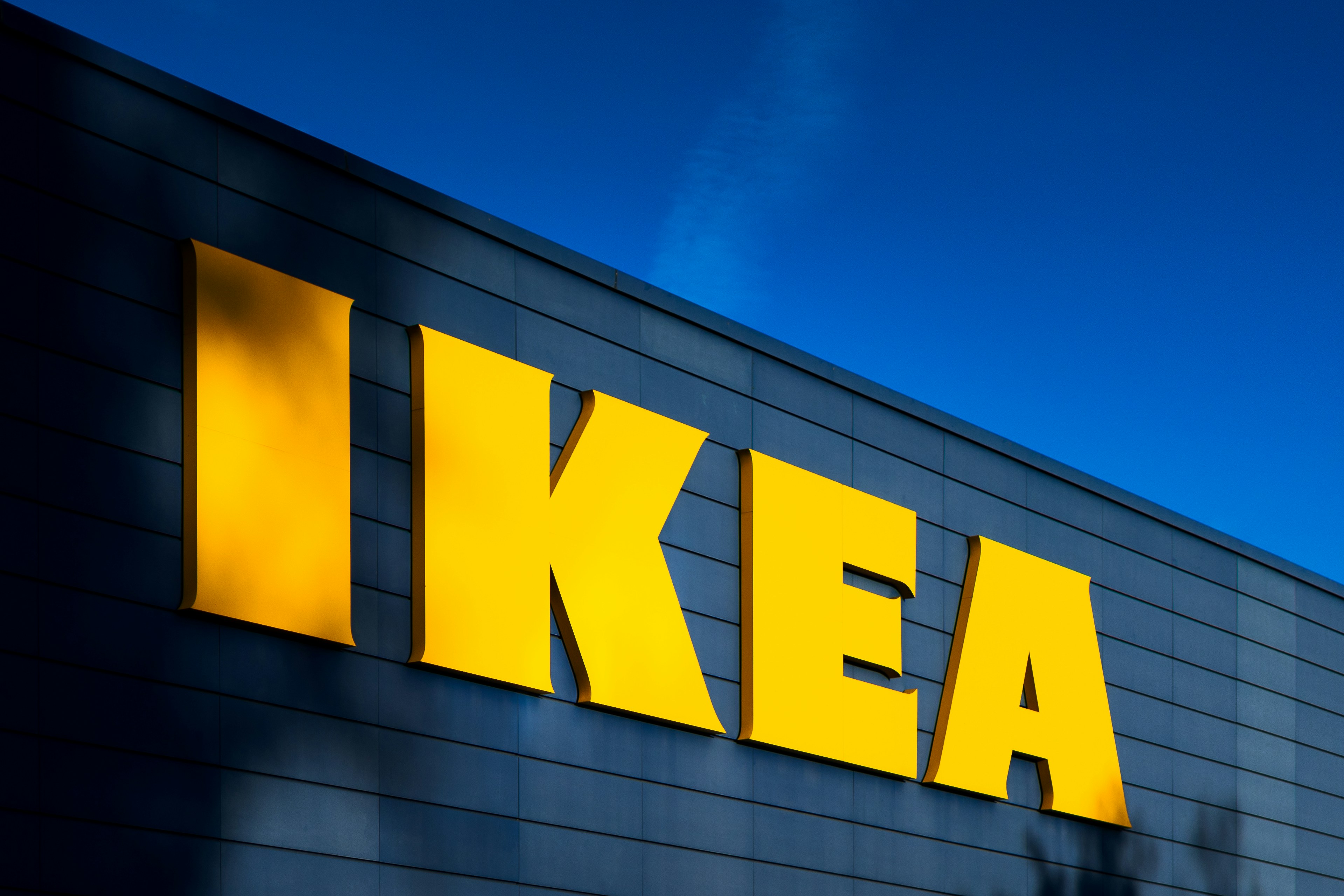Our Blog

Many people who have visited IKEA will agree on two things. First, that it is a treasure trove of ready to assemble furniture and, second, a labyrinth of displays that can leave you scratching your head as you attempt to find the exit (or the Swedish meatballs, depending on your preference).
Despite the many and varied signs scattered throughout their shops, IKEA has become infamous for customers losing their way. This quirk may contribute to the retail chain’s brand charm for some, and this is certainly not meant as a criticism of the IKEA team in any way, but it does highlight the broader issue that many large retail businesses face: inefficient or confusing wayfinding systems.
In this article, we look at the reasons why wayfinding can fail, the challenges of designing signage for big spaces, and how retail businesses can make it easier for their staff and customers.
Why wayfinding systems fail:
- Information overload! At first glance, IKEA’s signage system seems robust and comprehensive, with plenty of directional arrows, product labels, QR codes, illuminated signs, and maps on the walls, stand-alone signs, and floor spaces. However, for many customers, the problem lies not in too little information, but in information overload. The signage is exhaustive, yes, but also exhausting to take in. Packed maps and excessive signage can overwhelm visitors, making it harder to process information and follow directions. IKEA’s approach of guiding visitors through a one-way loop is deliberate – but in some cases it can leave shoppers feeling controlled rather than empowered to explore freely.
- Lack of personalised navigation: while a one-way system layout creates a logical flow for the shop’s floor plan, it doesn’t always accommodate individual shoppers needs. Hunting for a specific product, for instance, can turn into a frustrating scavenger hunt, as shortcuts can be difficult to locate or poorly signposted.
- Visual ambiguity: another contributor to confusion is the visual design of signage. When colours, fonts, and symbols aren’t intuitive or consistent, customers can spend more time decoding the signs than following them. This unintentional lack of clarity can hamper navigation and contribute to inefficient and frustrating journeys.
The challenge of creating Effective signage for retail spaces
Teams creating signage for large retail environments face a steep challenge, and no one can accuse the IKEA team of shirking the task. The sheer size of shopping spaces like IKEA, B&Q, and Tesco stores necessitate a signage system that is highly functional and specific without being visually overcomplex.
Retailers have to strike an extremely delicate balance between providing enough signage to assist customers, while not cluttering the layout with excessive instructions. Furthermore, retailers must also consider diverse customer perspectives and expectations. For example, some people process information differently, preferring text-based guides, while others are drawn more to colour-coded pathways, and others still respond better to digital prompts. Catering to these varied preferences and learning styles adds another layer of complexity to retail signage strategies.
So, what can be done to improve wayfinding systems to reduce customer frustration and improve the shopping experience?
1. Keep it simple.
Wherever possible, retailers should simplify the layouts of their shops and the signage system to create more intuitive pathways. Open spaces that allow shoppers to see multiple sections at once help them orientate themselves more naturally. Additionally, clearly marked shortcuts for customers with specific shopping goals can reduce frustration and unnecessary detours.
2. Go digital (where appropriate):
Targeted investment in interactive digital screens and mobile apps can transform the navigation systems of large retail stores. Digital maps that update in real time and provide step-by-step directions to specific areas or products can guide customers more effectively than complex physical signage. Retailers can even integrate product search functions within their smartphone apps, allowing customers to locate items right down to their shelf location, with real-time stock availability.
3. Implement a clear visual hierarchy:
An effective signage design hierarchy is one that prioritises critical information so that it can be easily accessed and digested. One of the best ways of doing this is to use contrasting colours and bold fonts for important details, so that directional arrows, section labels and important safety information stand out clearly. Consistent iconography – including universally understood symbols – can also aid accessibility for customers.
Find Out More
If you’d like to find out more about the successes and shortcomings of different wayfinding systems and how to improve outcomes in your own retail environment, please contact one of the experienced team at Image Technique today by calling 01527 919460 or by clicking here.
Image source: Unsplash



